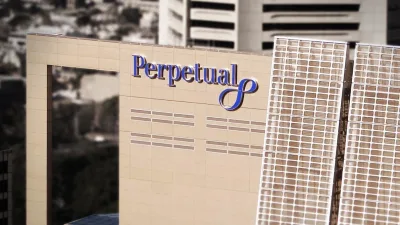Asset managers seek to revive profits with ETF launches



Mid-tier asset managers experiencing profitability pressures are considering the ETF market as their most likely route, but it is critical that they can justify how it complements their existing business model.
ETF assets under management have passed $255 billion in Australia, and EY forecast it could reach US$25 trillion ($39.6 trillion) globally by 2030.
Last month, Perpetual announced it is considering launching active ETFs in the US while a report from State Street forecast at least three US$100 billion asset managers will likely enter the Australian ETF market.
While declining to name names, State Street’s head of ETF Solution-APAC, Ahmed Ibrahim, said Australia is a favourable entry point for overseas providers to access Asia.
“Based on our experience working with asset managers entering the ETF market in North America and Europe, they frequently indicate Australia is an entry to broader Asia. With this information and knowing the clients that have launched in North America, we can confidently predict several of them will be entering the Australian market this year,” he told Money Management.
With this in mind, EY described there are four routes for asset managers to achieve a presence in the ETF space.
“Mid-tier asset managers experiencing profitability pressures are considering the ETF market as their most likely route but it is critical they can justify how it complements their existing business model.
“ETF markets may offer attractive growth opportunities, but they are also highly competitive and increasingly specialised. Knowledge, planning and execution across a wide range of capabilities are vital if market entry strategies are to deliver lasting success for new ETF issuers.”
The four routes are:
- Build – Launching active ETF versions of successful existing mutual funds allows large firms to exercise complete control and utilise its existing distribution networks.
- Buy – Acquiring an existing provider is an expensive option requiring sufficient capital but creates an instant foothold in the market.
- Partner – For smaller firms, a white label ETF provider allows them to enter the market quickly without needing the infrastructure. However, using a white label can limit control and the growth of in-house specialists.
- Convert – Converting a mutual fund into an ETF can bring liquidity and cost benefits, as well as potentially higher inflows, but may provide only limited tax advantages for clients.
Regardless of which route is chosen, the consultancy highlighted there are numerous ways it can go wrong with common mistakes made by new entrants. These include the time to build relationships for long-term growth, the need for ETF-specific expertise and the complexity of the regulatory landscape.
“Firms need to ensure that their ETF market entry plans are aligned with wider strategies and the fundamentals of their business model. Providers should be ready to explain why they are choosing to launch ETFs; how this complements the rest of their business; what it means for their branding; and why they expect ETF issuance to have a positive long-term impact for investors.”
Recommended for you
VanEck is to list two ETFs on the ASX next week, one investing in residential mortgage-backed securities and the other in Indian companies.
Perpetual outflows have risen by 134 per cent from the previous quarter as the result of client mergers and rebalancing including $2.5 billion in outflows at Pendal Asset Management.
ClearBridge Investments has expanded investor access to its global infrastructure investment strategies through the launch of three active ETFs on the ASX.
Boutique real estate credit manager COI Capital Management has appointed a former private equity head from MLC Asset Management.















